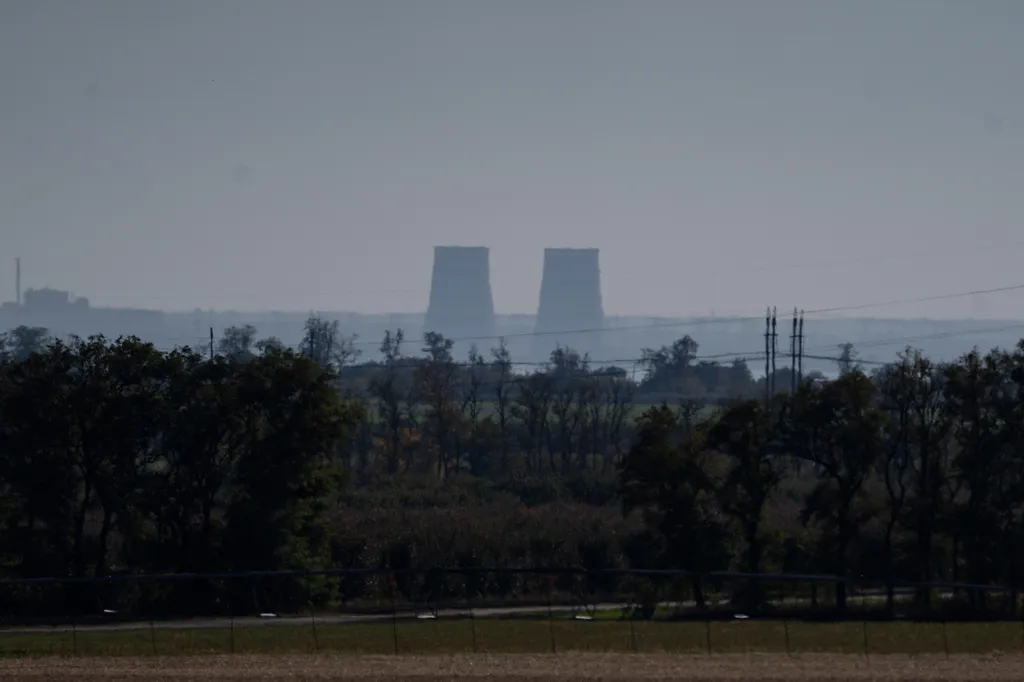Repairs to restore off-site power links to the Zaporizhzhia nuclear power plant (ZNPP) are set to commence this week, marking a critical step in ensuring the safety and security of Europe’s largest nuclear facility. The plant has been relying on emergency diesel generators since losing its final external power connection on 23 September, the tenth such disruption during the ongoing Russia-Ukraine conflict.
IAEA Director General Rafael Mariano Grossi emphasized the urgency of the situation, stating, “The current situation – with the plant relying on emergency diesel generators for weeks now – is not sustainable.” The IAEA has been actively engaging with both Russian and Ukrainian authorities to establish the necessary security conditions for repair work. Grossi noted the complexity of the task, as repairs are required on both sides of the frontline, several kilometers from the site itself.
The ZNPP, which once had access to 10 power lines, now relies on seven emergency diesel generators (EDGs) to maintain critical cooling functions for its six shutdown reactors and stored used fuel. Another 13 EDGs are in standby mode, with the plant rotating their use to ensure proper maintenance. The IAEA team on-site has confirmed that nuclear safety is currently maintained, with no increase in coolant temperatures and normal radiation levels.
In a significant development, the ZNPP has established a new off-site emergency center in the nearby town of Energodar, replacing the former center that is now inaccessible due to its location across the frontline. This new facility ensures continuity in emergency coordination, receiving the same plant data as the temporary on-site center.
Mikhail Ulyanov, Russia’s Permanent Representative to International Organisations in Vienna, stated that active preparations are underway, with repair work expected to begin before the end of this week. However, he cautioned that a local ceasefire in the repair areas is necessary for the work to proceed. Diplomatic sources have indicated that the IAEA is pushing for a two-stage restoration process, involving separate ceasefire zones for each power line.
The restoration of external power supply remains a top priority, despite the successful operation of backup power sources. ZNPP Communications Director Evgeniya Yashina acknowledged the importance of restoring external power but noted the complex operational situation. She assured that the station’s staff is ready to begin repair work as soon as the situation allows.
The resolution of the ZNPP’s power supply issue could set a precedent for managing critical infrastructure in active war zones. It may also influence future negotiations and agreements between conflicting parties, highlighting the importance of international cooperation in maintaining nuclear safety and security. The outcome of these repairs will be closely watched by the global nuclear community, as it navigates the delicate balance between geopolitical tensions and the imperative of safeguarding nuclear facilities.

